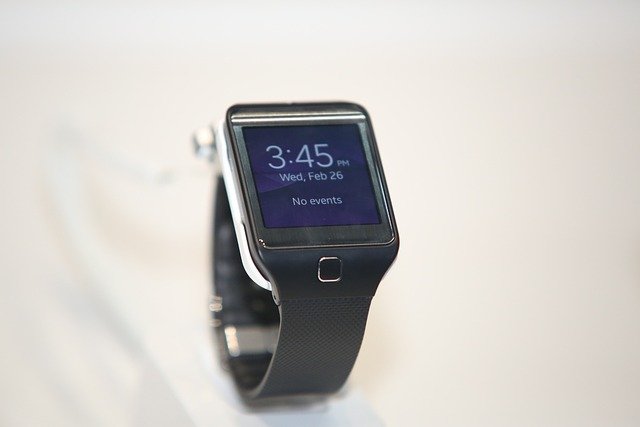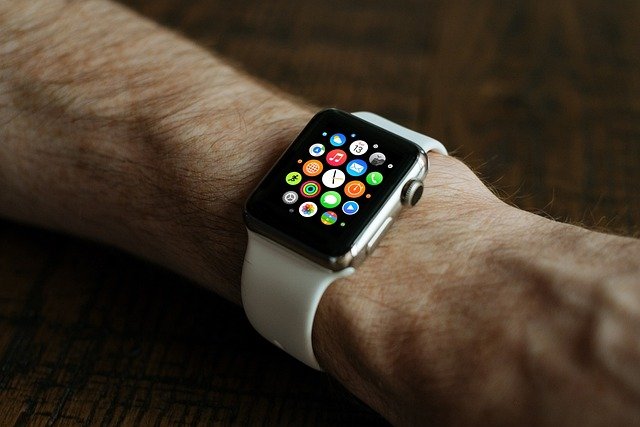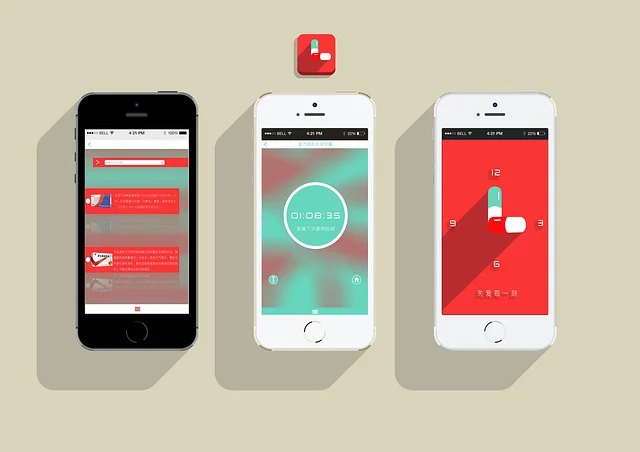The Evolution and Impact of Digital Watches in Health Monitoring
Digital watches have transcended their original purpose of telling time and have evolved into sophisticated health monitoring devices. These gadgets, now equipped with advanced sensors and connectivity features, provide a comprehensive look into one’s health and fitness. This article explores the evolution, functionalities, benefits, challenges, and future prospects of digital watch health monitoring.
The Evolution of Digital Watches
The journey of digital watches began in the 1970s with simple LED displays. Over the decades, these devices have incorporated more features and improved in sophistication. The integration of microprocessors and sensors in the 2000s marked a significant turning point, transforming digital watches into multifunctional devices capable of monitoring various health parameters.
Core Health Monitoring Features
Modern digital watches are equipped with a variety of sensors and technologies that allow them to track multiple health metrics:
- Heart Rate Monitoring: Optical sensors measure the pulse by detecting blood flow changes in the wrist. Continuous heart rate monitoring provides insights into resting heart rate, exercise intensity, and overall cardiovascular health.
- Sleep Tracking: Accelerometers and heart rate sensors analyze movement and heart rate variability to determine sleep stages and quality. Sleep tracking helps users understand their sleep patterns and make adjustments for better rest.
- Activity Tracking: Built-in accelerometers, gyroscopes, and GPS track physical activities such as steps taken, distance traveled, and calories burned. These features encourage users to stay active and meet their fitness goals.
- Oxygen Saturation (SpO2) Monitoring: Pulse oximetry sensors measure blood oxygen levels, providing information on respiratory health and detecting potential issues like sleep apnea.
- Electrocardiogram (ECG) Monitoring: Some advanced digital watches can perform ECGs, detecting irregular heart rhythms such as atrial fibrillation, which can be critical for early diagnosis and treatment.
- Stress Monitoring: By analyzing heart rate variability and other indicators, digital watches can assess stress levels and suggest relaxation techniques or breathing exercises.
- Temperature Monitoring: Sensors can measure skin temperature, providing early warning signs of potential illness or monitoring overall wellness.
Benefits of Digital Watch Health Monitoring
The integration of health monitoring features into digital watches offers numerous benefits:
- Convenience and Accessibility: Wearing a digital watch is convenient and non-invasive, allowing for continuous monitoring without interrupting daily activities.
- Personalized Insights: Continuous data collection provides personalized insights into health trends, helping users make informed decisions about their lifestyle and wellness.
- Early Detection: Early detection of irregularities such as arrhythmias, low blood oxygen levels, or unusual stress patterns allows for timely intervention and potentially prevents serious health issues.
- Motivation and Accountability: Features like activity tracking and goal setting motivate users to stay active and accountable for their health and fitness routines.
- Data Integration: Health data collected by digital watches can be integrated with other health apps and platforms, providing a comprehensive view of one’s health and facilitating better communication with healthcare providers.
- Emergency Assistance: Some digital watches have fall detection and emergency SOS features, which can alert emergency contacts or services in case of an accident or health emergency.
Challenges and Considerations
While digital watch health monitoring offers significant benefits, there are challenges and considerations to be aware of:
- Accuracy and Reliability: The accuracy of sensors can be affected by factors such as skin tone, wrist placement, and motion artifacts. It’s crucial to choose devices from reputable manufacturers and understand their limitations.
- Data Privacy and Security: With the collection of sensitive health data, ensuring privacy and security is paramount. Users must be aware of how their data is stored, used, and shared by device manufacturers and app developers.
- Battery Life: Continuous health monitoring can drain the battery quickly. Balancing functionality with battery life is essential for a seamless user experience.
- User Compliance: For accurate data collection, users must wear the watch consistently and correctly. Providing user education on proper usage is essential for effective monitoring.
- Cost: Advanced digital watches with health monitoring features can be expensive. Evaluating the cost-benefit ratio and considering budget constraints is important for users.
- Integration with Healthcare Systems: Seamless integration of data with electronic health records (EHR) and communication with healthcare providers can be challenging but is necessary for comprehensive care.

Popular Digital Watch Health Monitoring Devices
Several brands and models have gained popularity for their health monitoring capabilities:
- Apple Watch: Known for its comprehensive health features, including ECG, heart rate monitoring, SpO2 measurement, and activity tracking. The Apple Watch integrates seamlessly with the Health app and offers emergency SOS and fall detection.
- Fitbit: Offers a range of devices with heart rate monitoring, sleep tracking, SpO2 measurement, and stress management features. Fitbit devices also integrate with the Fitbit app, providing personalized health insights.
- Garmin: Known for its robust activity and fitness tracking, Garmin watches also offer heart rate monitoring, sleep tracking, SpO2 measurement, and advanced metrics for athletes.
- Samsung Galaxy Watch: Features include heart rate monitoring, ECG, SpO2 measurement, sleep tracking, and fitness tracking. Samsung Health app integration provides comprehensive health data.
- Withings: Focuses on health monitoring with features like heart rate tracking, SpO2 measurement, sleep analysis, and ECG. Withings devices sync with the Health Mate app for detailed health insights.
Future Trends in Digital Watch Health Monitoring
The future of digital watch health monitoring looks promising, with advancements in technology and innovation driving new features and capabilities:
- Advanced Sensors and Biometrics: Future digital watches will incorporate more advanced sensors to measure a wider range of health metrics, including hydration levels, blood pressure, and glucose levels.
- Artificial Intelligence and Machine Learning: AI and machine learning algorithms will enhance data analysis, providing more accurate and personalized health insights and predictions.
- Integration with Telemedicine: Digital watches will play a significant role in telemedicine, enabling remote patient monitoring and virtual consultations with real-time health data sharing.
- Enhanced User Experience: Improved user interfaces, voice assistants, and seamless integration with other devices and platforms will enhance the user experience and make health monitoring more intuitive.
- Battery Technology: Advances in battery technology will improve battery life, allowing for longer periods of continuous monitoring without the need for frequent charging.
- Regulatory Approvals: More digital watches will seek regulatory approvals for medical-grade accuracy and reliability, making them trusted tools for healthcare providers and patients.
Conclusion
Digital watches have transformed from simple timekeeping devices to powerful health monitoring tools. Their ability to continuously track various health metrics offers numerous benefits, from early detection of health issues to personalized insights and motivation for a healthier lifestyle. However, challenges such as accuracy, data privacy, and integration with healthcare systems need to be addressed to maximize their potential. As technology continues to evolve, digital watches will play an increasingly important role in personal and clinical healthcare, paving the way for a more connected and proactive approach to health and wellness. By embracing these advancements, users can take control of their health, while healthcare providers can offer more effective and personalized care, ultimately leading to better health outcomes and an improved quality of life.




